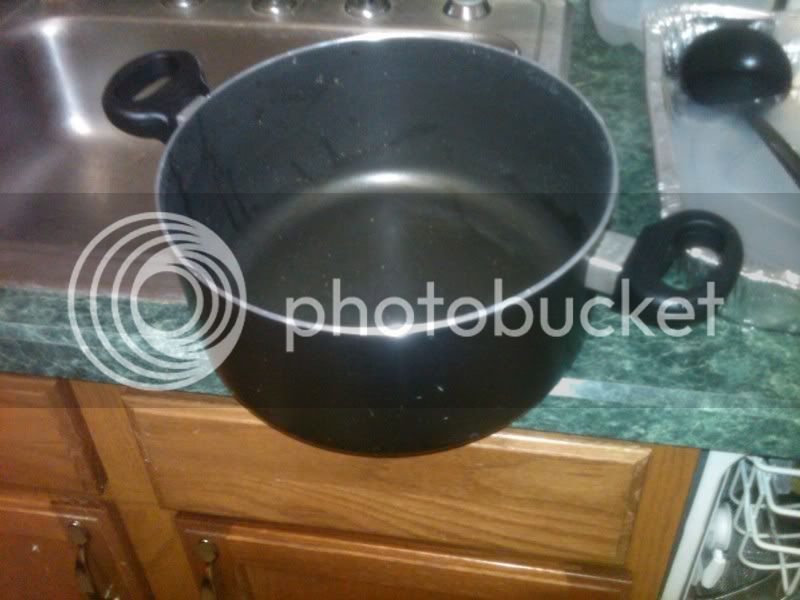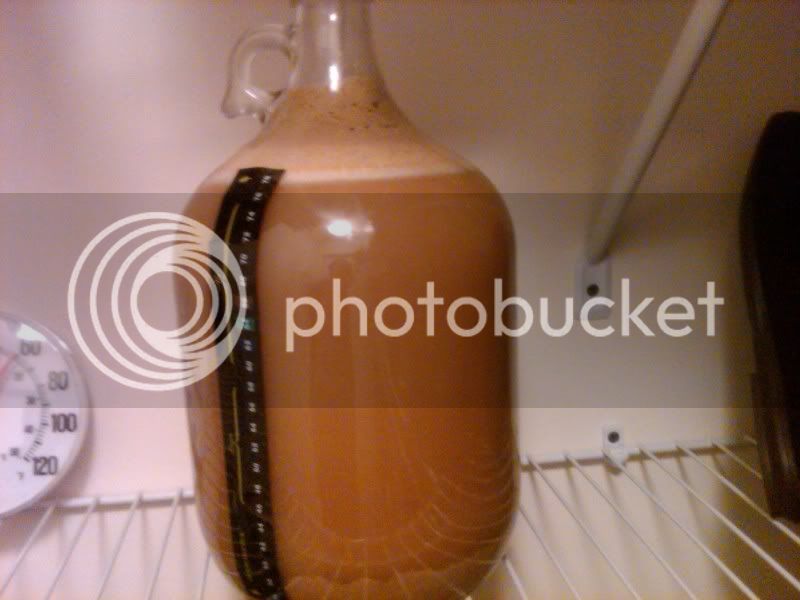JeffoC6
Well-Known Member
Brewing my 2nd brew today. An Everyday IPA 1-Gallon kit from BBS.
I mashed in at 160 and my plan was to mash at 1 hr at 150 degrees for the IPA. I had the hardest time trying to keep the temp at 150. I used one of those digital thermometers that you put inside of meat to test the temp. Last time I used a regular thermometer and it took forever to try and get readings. The digital thermometer was nice, but I noticed that some of my readings were 150, and some were 139!?! WTF?
Then I'd stir everything and the temps went down to about 145, but in other areas, it was 155! It was a very frustrating experience. I realize that mash temps are very important, so here are 2 questions for you...
1- What will these fluctuations ultimately do to my IPA?
2- What can I do next time to make sure this doesn't happen? How can one part of my mashing pot be 155 and the other part be 142?
Very frustrated...
I mashed in at 160 and my plan was to mash at 1 hr at 150 degrees for the IPA. I had the hardest time trying to keep the temp at 150. I used one of those digital thermometers that you put inside of meat to test the temp. Last time I used a regular thermometer and it took forever to try and get readings. The digital thermometer was nice, but I noticed that some of my readings were 150, and some were 139!?! WTF?
Then I'd stir everything and the temps went down to about 145, but in other areas, it was 155! It was a very frustrating experience. I realize that mash temps are very important, so here are 2 questions for you...
1- What will these fluctuations ultimately do to my IPA?
2- What can I do next time to make sure this doesn't happen? How can one part of my mashing pot be 155 and the other part be 142?
Very frustrated...

















![Craft A Brew - Safale BE-256 Yeast - Fermentis - Belgian Ale Dry Yeast - For Belgian & Strong Ales - Ingredients for Home Brewing - Beer Making Supplies - [3 Pack]](https://m.media-amazon.com/images/I/51bcKEwQmWL._SL500_.jpg)










































